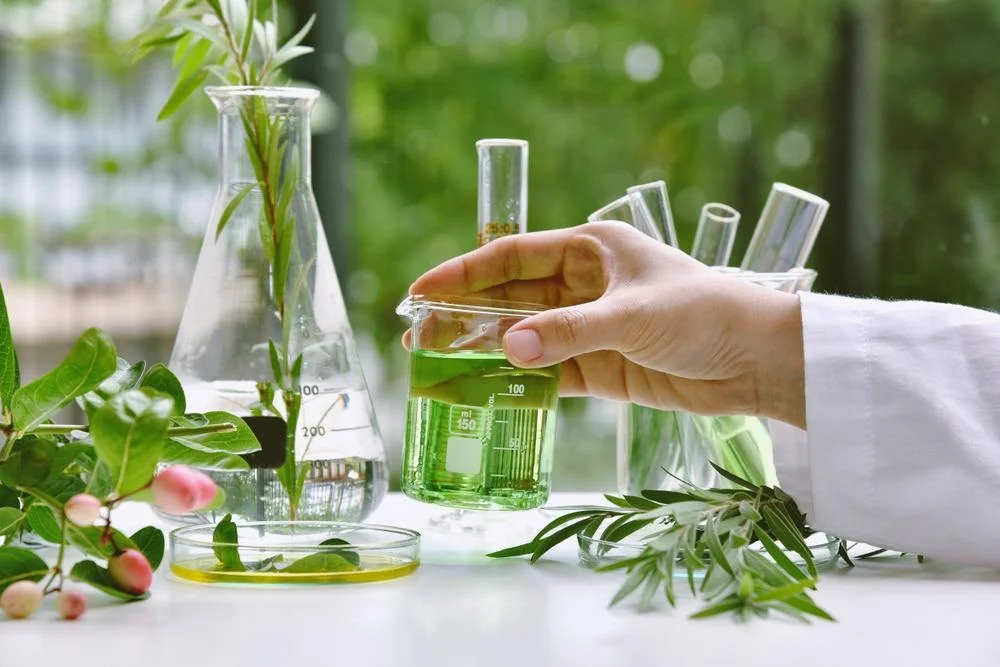Garlic as a Natural Antibiotic
Garlic (Allium sativum) is widely recognized for its distinct flavor in cooking, but it has also been valued for centuries as a powerful medicinal herb. Among its many health benefits, garlic is most renowned for its ability to fight infections and act as a natural antibiotic. It has been used in traditional medicine across cultures










